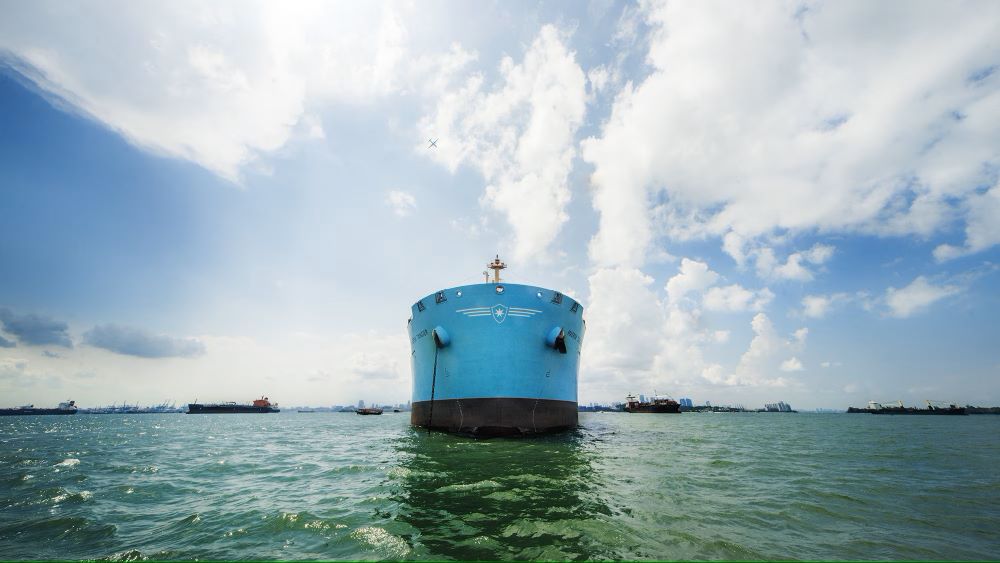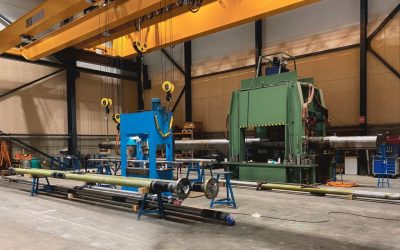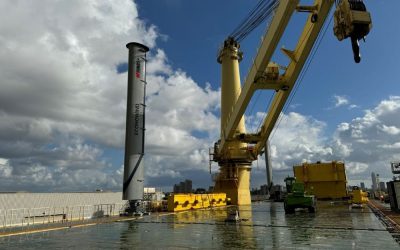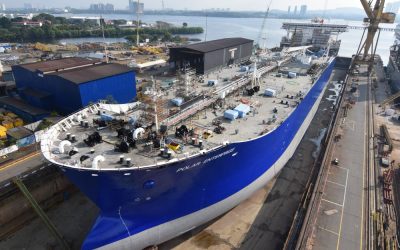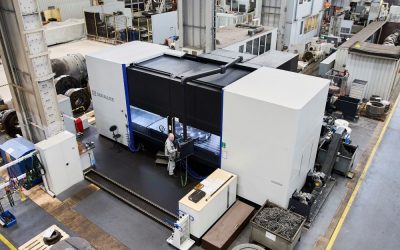A new report from the Maersk Mc-Kinney Moller Center for Zero Carbon Shipping outlines the opportunities and challenges relating to converting tankers to run on methanol or ammonia fuels
Transitioning to climate-friendly alternative fuels is essential for the decarbonisation of the shipping industry. However, vessels being built or ordered today are likely to be operating for decades to come, and many alternative fuels are not yet available at scale.
As a result, shipowners face a challenging decision in choosing which alternative fuel and technologies they should build their decarbonisation strategies around, as well as how to most effectively time their investments in these solutions. For example, is it better to build a vessel that is ready to operate immediately on alternative fuels such as methanol or ammonia, or a vessel that can be converted to operation on these fuels at a later date? If the latter, how much should be invested in preparation for the alternative fuel at the newbuilding stage compared with later retrofitting?
To help address these challenges, the Maersk Mc-Kinney Moller Center for Zero Carbon Shipping (MMMCZCS) has analysed the technical, economic and environmental impacts of preparing vessels for conversion to alternative fuels in a recently published report, Preparing Tankers for Green Fuel Conversion, which outlines results related to converting tanker vessels to methanol or ammonia fuels.
The report considers reference designs for two types of tanker vessels: LR2 and VLCC. These vessel types are two of the largest in the tanker segment, often travel long routes, and have a high fuel consumption As a result MMMCZCS believes they can provide a good illustration of the economic and environmental impacts of different choices relating to vessel conversion. For each vessel design, MMMCZCS defined five levels of preparation for alternative fuels, ranging from no preparation (Level 0) to a dual-fuel newbuild ready to operate on methanol or ammonia (Level 4).
Alternative fuels are less energy-dense and so require more storage space than fossil fuels for the same distance travelled. Therefore, the interaction between fuel storage capacity, cargo capacity and vessel range is a key consideration for this study. For this reason, MMMCZCS has included options for transitioning the vessel to a reduced, but still commercially relevant, range after conversion.
The report says: “It is important to highlight that conversion to alternative fuels impacts a vessel’s operating envelope, due to the energy density of the alternative fuels and their corresponding fuel tank size requirements. To keep the same operational range as on fossil fuels, shipowners must consider either adding tanks on deck – with a resulting impact on deadweight tonnage – or giving over part of the cargo capacity to fuel tanks.” Consequently the report has focused on options that reduce the vessel’s operating range but preserve its cargo capacity.
For example, for the VLCC design, maintaining the same range after conversion to methanol or ammonia would require installing fuel tanks in the cargo space, leading to a loss of cargo capacity. MMMCZCS says generally a full-range VLCC operating on ammonia would not be commercially viable. However, operating the VLCC with a reduced range after conversion to either methanol or ammonia would allow all fuel tanks to be located on the deck, preserving the cargo space.
MMMCZCS says its analysis indicates that the conversion of tanker vessels to operation on alternative fuels after five or even 10 years of operation on fossil fuels creates a large reduction in lifetime operational greenhouse gas (GHG) emissions. Furthermore, the CO2 emissions resulting from the conversion itself are minimal, equivalent to only around 0.5% of the vessel’s lifetime operational emissions using fossil fuels.
The report concludes: “Converting tankers to green fuels can be technically and economically feasible when carefully considered in the context of fleet transition planning and asset age profiles. The industry has the right technology and engineering knowledge in place to achieve such conversions.”
When it comes to the economic impact, the MMMCZCS report points out that the differences in CAPEX vary depending on the desired green fuel and vessel range chosen. “In general, the most cost-effective option is tanker conversion from fuel oil to methanol, followed by conversion to ammonia,” it concludes. “Even conversions after 10 years of operation on fossil fuels can still yield considerable environmental impact. However, one must also consider the financial viability of making such a CAPEX investment at this point in the vessel’s lifetime.”
The report Preparing Tankers for Green Fuel Conversion is available to download at https://www.zerocarbonshipping.com
